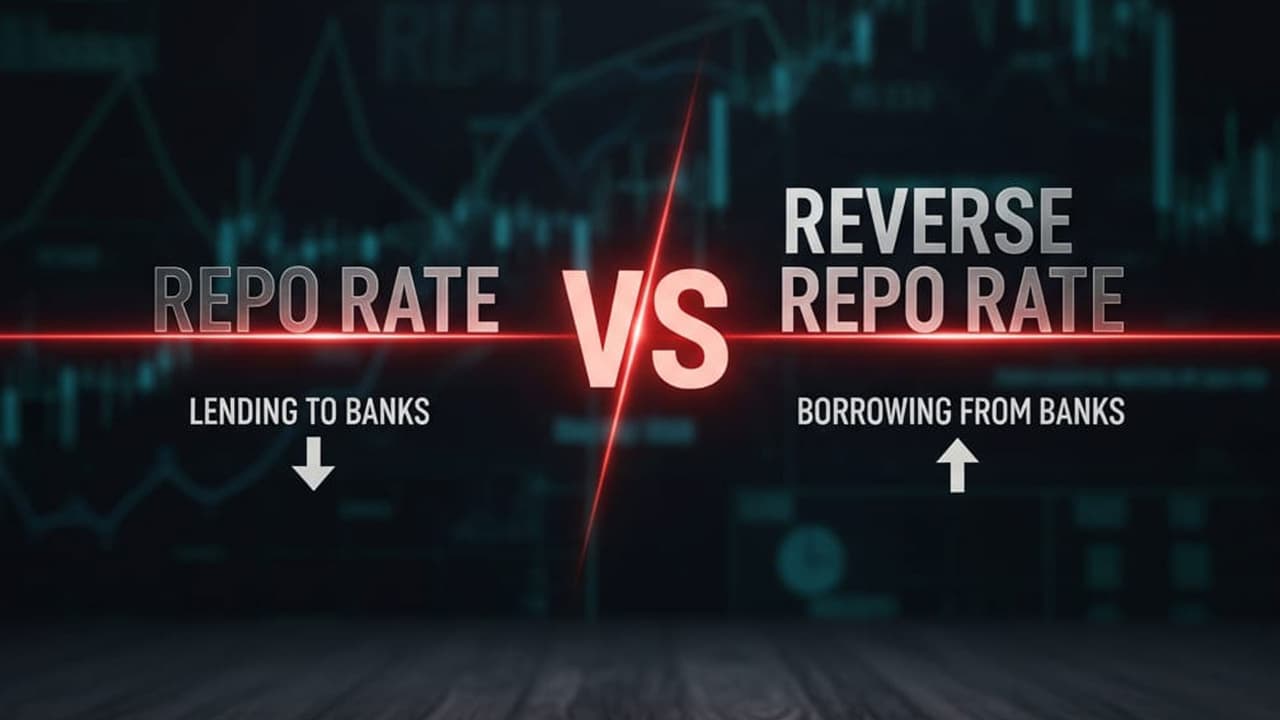Repo Rate vs Reverse REPO Rate: The Reserve Bank last reduced the interest rate from 0.50% to 5.50% in June. Repo rate and reverse repo rate are not only banking terms, but are important indicators for your financial planning.
RBI mpc meeting 2025: Before the decisions of the Monetary Policy Committee (MPC) of the Reserve Bank of India (RBI), it is being heard everywhere that ‘RBI can increase or reduce the repo rate or reduce it.’ Along with this, the reverse repo rate is also being discussed. But whether common investors, family men or women or small businessmen can understand these terms, do they know what will be the effect on their life and pocket? Repo rates and reverse repo rates are not just banking words, but have a direct impact on your EMI, saving and investment. Their correct understanding helps you to take loans, invest and improve your financial planning at the right time. So let’s understand them in easy language …
What is the repo rate?
The repo rate is the rate on which RBI gives short-term loan to banks. When the bank needs cash, they borrow money from RBI and the interest they pay on it is called repo rate.
What happens if the repo rate decreases?
Banks offer cheap loans when the interest rate is low. This means, EMI of home loan, personal loan or business loan may decrease. Meaning repo rate cut is beneficial for you, it has to pay less interest.
What happens if the repo rate increases?
When the Reserve Bank increases the repo rate, the banks offer expensive loans. This increases EMI and people take less debt, due to which money rotates less in the market. The main objective of changing the repo rate is to control inflation and balance economic development.
What is a reverse repo rate?
The reverse repo rate is the rate on which RBI borrows money from banks. In simple words, when the bank has additional cash and they deposit it with RBI, RBI pays them interest.
What will happen if the reverse repo rate increases or blows up?
The bank will deposit more money to RBI. This means that cash will be low in the market, will control inflation. Due to decrease in reverse repo rate, banks will deposit less, money will rotate more in the market. Investment and expenses may increase. Overall, the repo rate is a measure of paying and taking money in the market, while the reverse repo rate is a measure of depositing instead of taking money.
Repo rate and reverse repo rate impact on common man
- Home loan, car loan, EMI is affected by the repo rate of personal loan. If RBI reduces the repo rate then the loan is cheaper.
- Increased repo rate leads to inflation control, but the expenditure may be reduced. Expenditure may increase on decrease.
- The interest rate on FD and savings may increase if the reverse repo rate increases, which makes it beneficial to deposit money in the bank.
